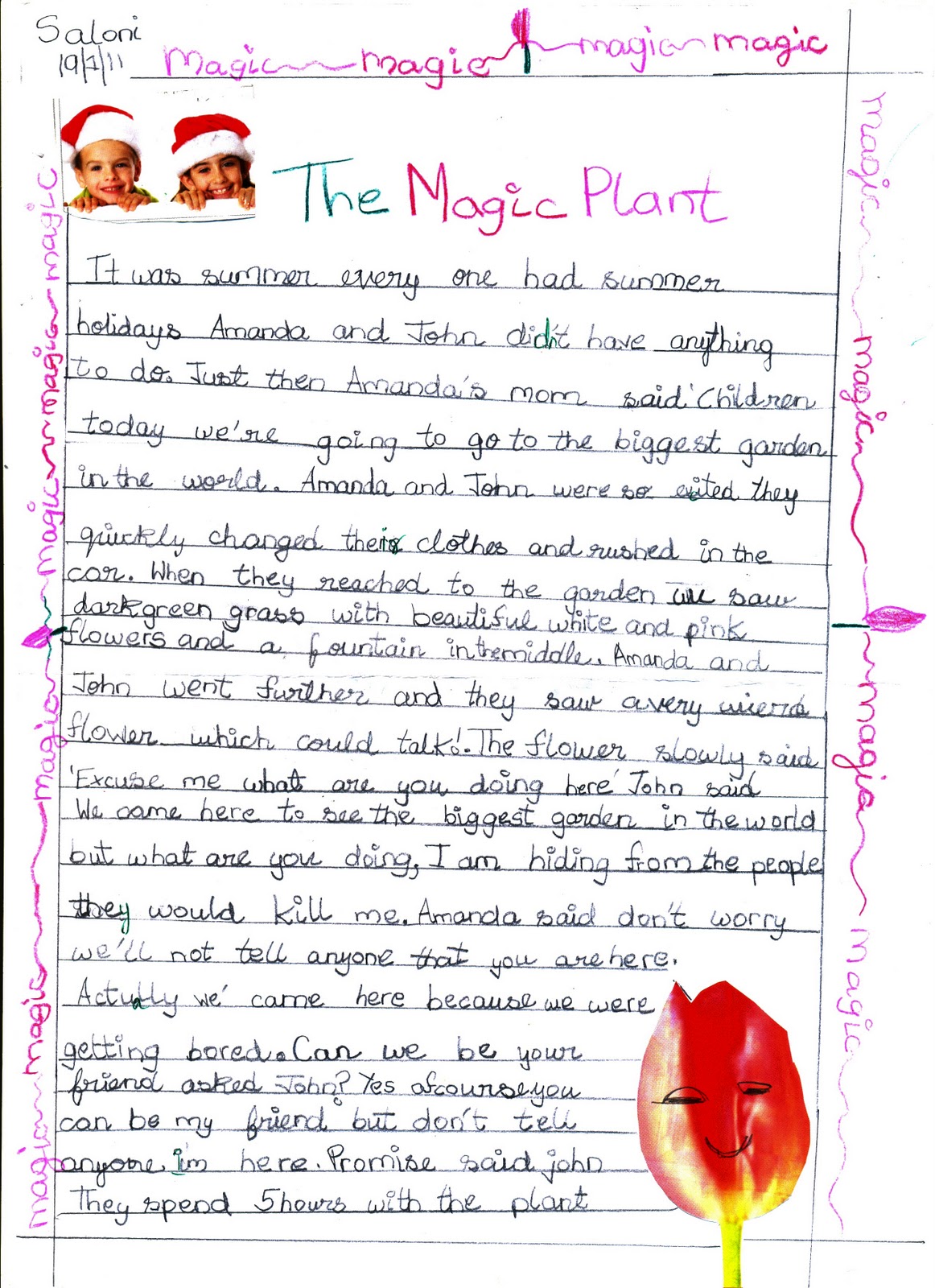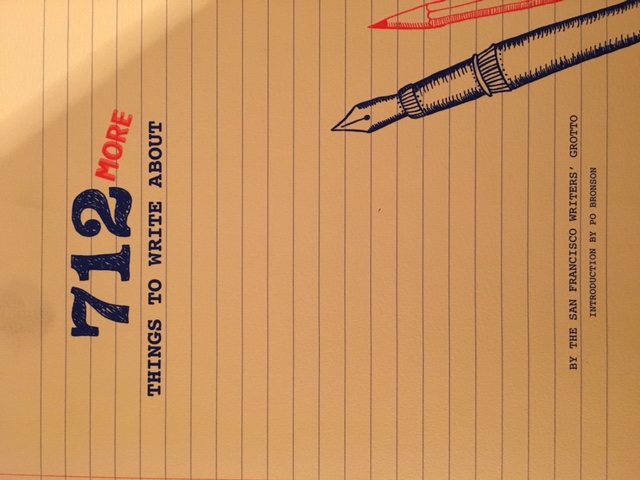


It hurts to cut, but this is the only way to make your story tight, coherent, and powerful. X Research sourceĬut as much away from the first draft as you can, ruthlessly erasing. It seems overly simplistic, but these three stages are the basis of 95% of all good plots. Scenes should have tension and rising action - starting with a problem, making things more difficult or introducing new challenges, and resolving everything in some way at the end.The reader should be able to clearly visualize your setting when they read your writing. Additionally, set the mood of your scene. Make sure you establish the setting, appealing to the reader's 5 senses.How can you make it compelling if it was published all on its own? Consider each scene, chapter, or segment a short story.How can you make this moment powerful on its own? If each chapter or stanza is compelling, they will start to flow together when placed side-by-side. No matter what you're working on, from poetry to epic novels, limit your attention while writing to the current scene you're in. This is a great way to make your writing more tight, concise, and manageable, especially for big projects. Think in terms of " scene" when writing, not the entire project. Other times characters make decisions every minute. Always ask yourself - if I were in the same situation as the character, would I see that as a good decision? Sometimes, only one decision catapults the whole story, as the character deals with the fallout. Aware self-agents Good characters make decisions, for better or for worse, that they think will help them.X Research source This is your character's motivation. But all characters are pushed by some desire, a desire that drives their plot. Desiring something, and fearing something else: Plots are driven by character's wants - what do they need or desire to be happy or safe? Some characters are driven by fear, or the desire not to be something.They are people and have nuance and complexity They are not just the "strong hero," "damsel in distress," or a million other simplified character types. Good characters are multi-dimensional, with both strengths and weaknesses.

This is usually because the writer is trying to force the characters to hit a plot point, instead of letting the character's decisions drive the next plot point. The most common moment that people tune out of a story is when the character starts doing things that no rational person would do. Know that great characters drive great stories, not the other way around.


 0 kommentar(er)
0 kommentar(er)
